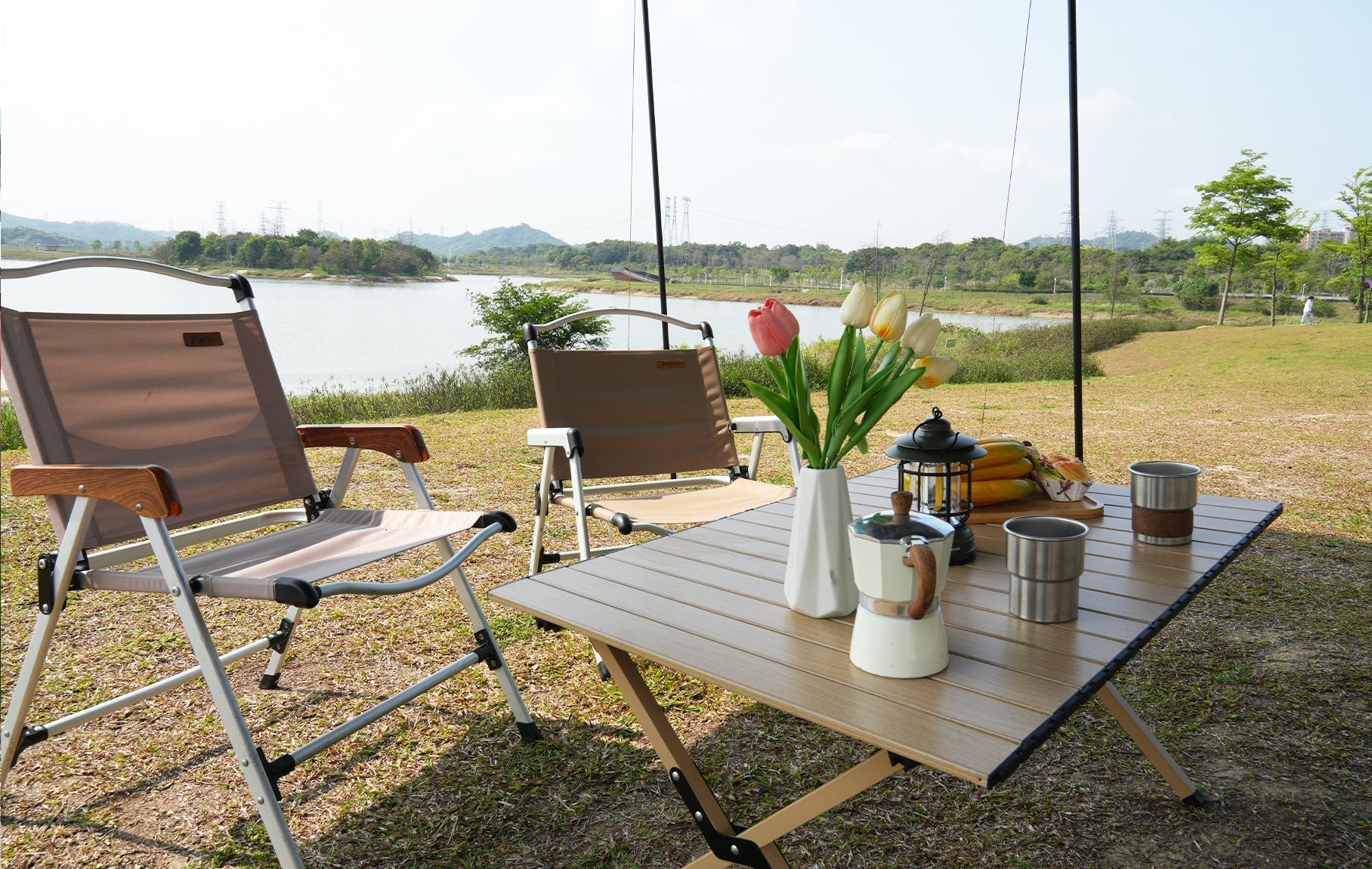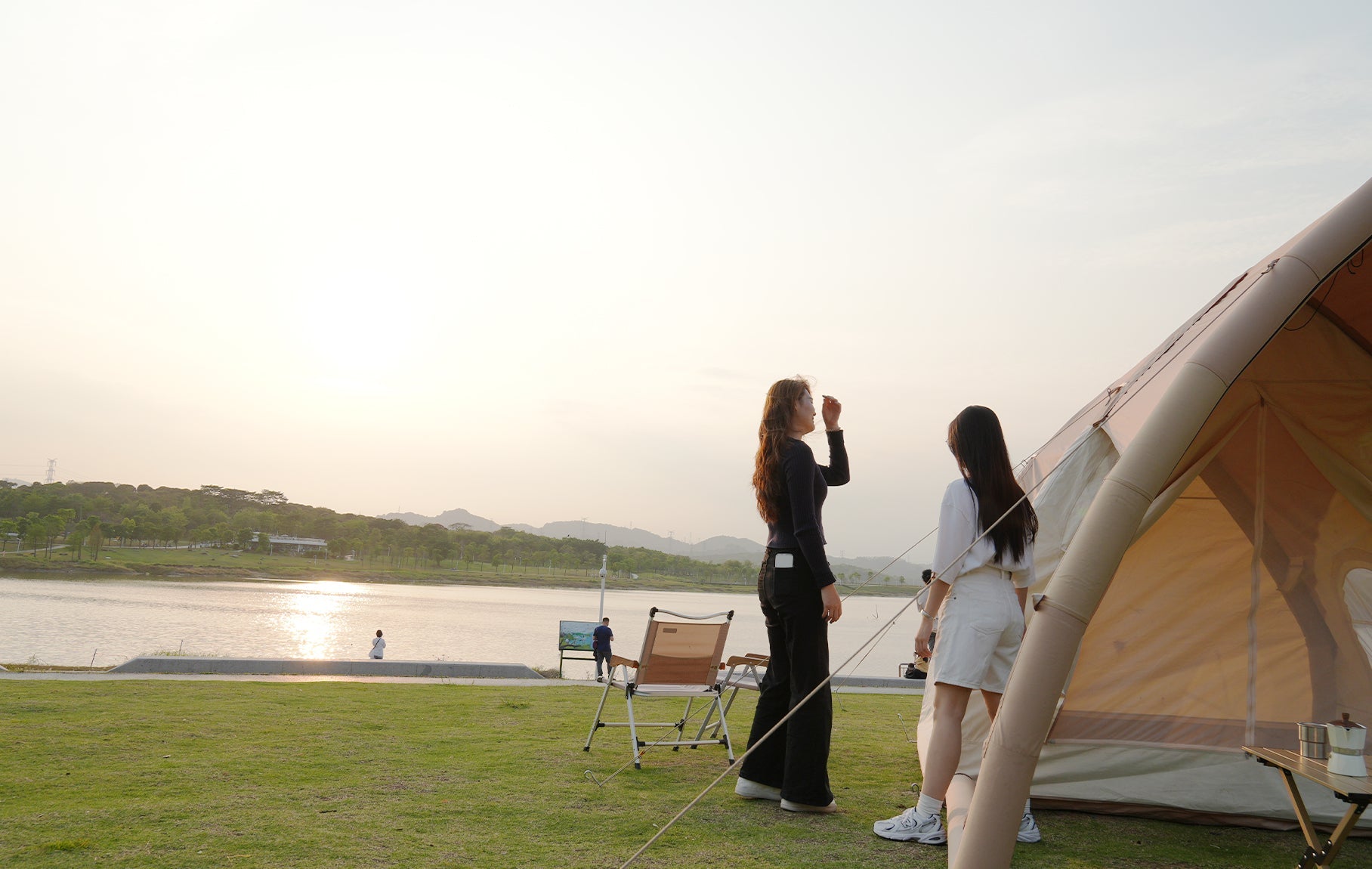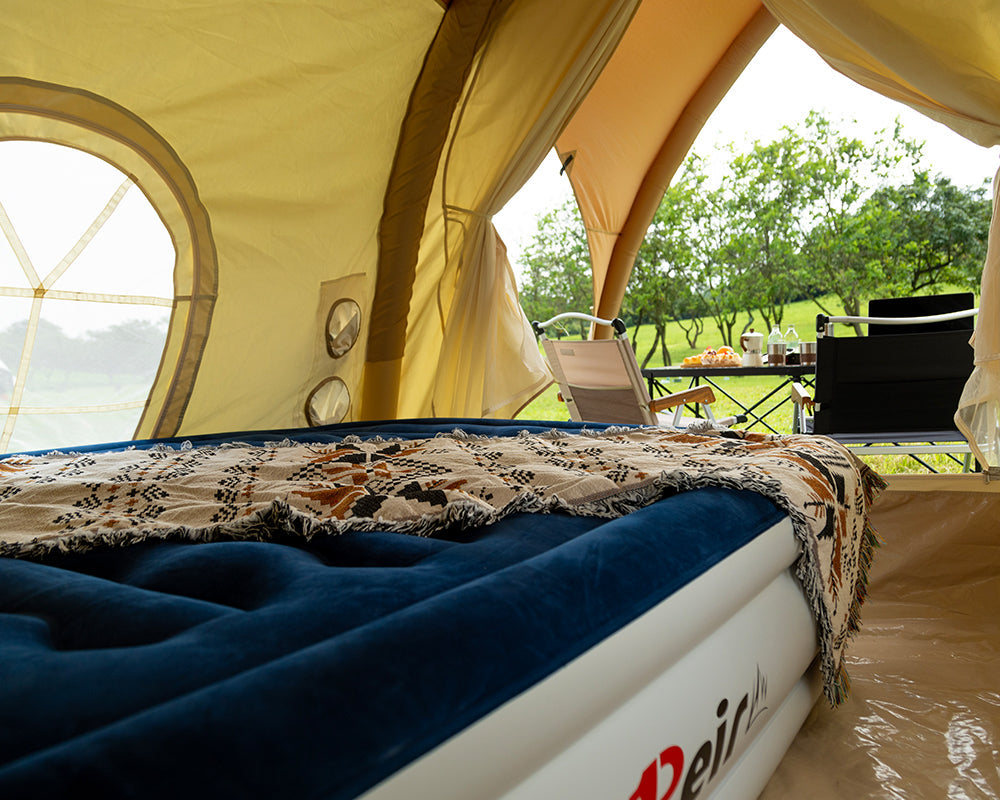Outdoor camping is full of unknowns, and an inflatable tent can be a safe haven in case of emergency. Knowing basic first aid knowledge and utilizing the tent space wisely can greatly enhance the safety and security when camping.
1. Storage of first aid kit inside the tent
Hang the first aid kit on the side pocket or top of the inflatable tent to ensure that it is readily available. Contents should include:
Tourniquet bandages, disinfectant supplies
Anti-allergy medicines, anti-heat stroke medicines
Emergency thermal blankets (can be used as a warm layer inside the tent)
2. Emergency Advantages of Inflatable Tent
Quickly isolate the danger: in case of unexpected weather or threat of insects and snakes, the airtightness of inflatable tents can provide temporary shelter.
Eye-catching marking: choose the bright color tent for easy rescue positioning, and reflective strips can be used at night to assist identification.
3. Common Scenario Response
Sprains/bruises: Level the ground inside the tent to deal with wounds and avoid secondary injuries.
Risk of heat loss: utilize the windproof performance of the tent, and cooperate with the sleeping bag and heat preservation blanket to maintain the body temperature.
4. Preventive measures
Fix small flashlights or headlamps inside the tent to ensure lighting at night.
Rehearse the quick inflation/deflation process in advance to avoid operation errors in case of emergency.
Conclusion: Inflatable tents are not only a harbor for rest, but also the “first line of defense” for outdoor safety. Combining the first aid preparation and tent function, it makes the adventure more secure and the nature more close to you.




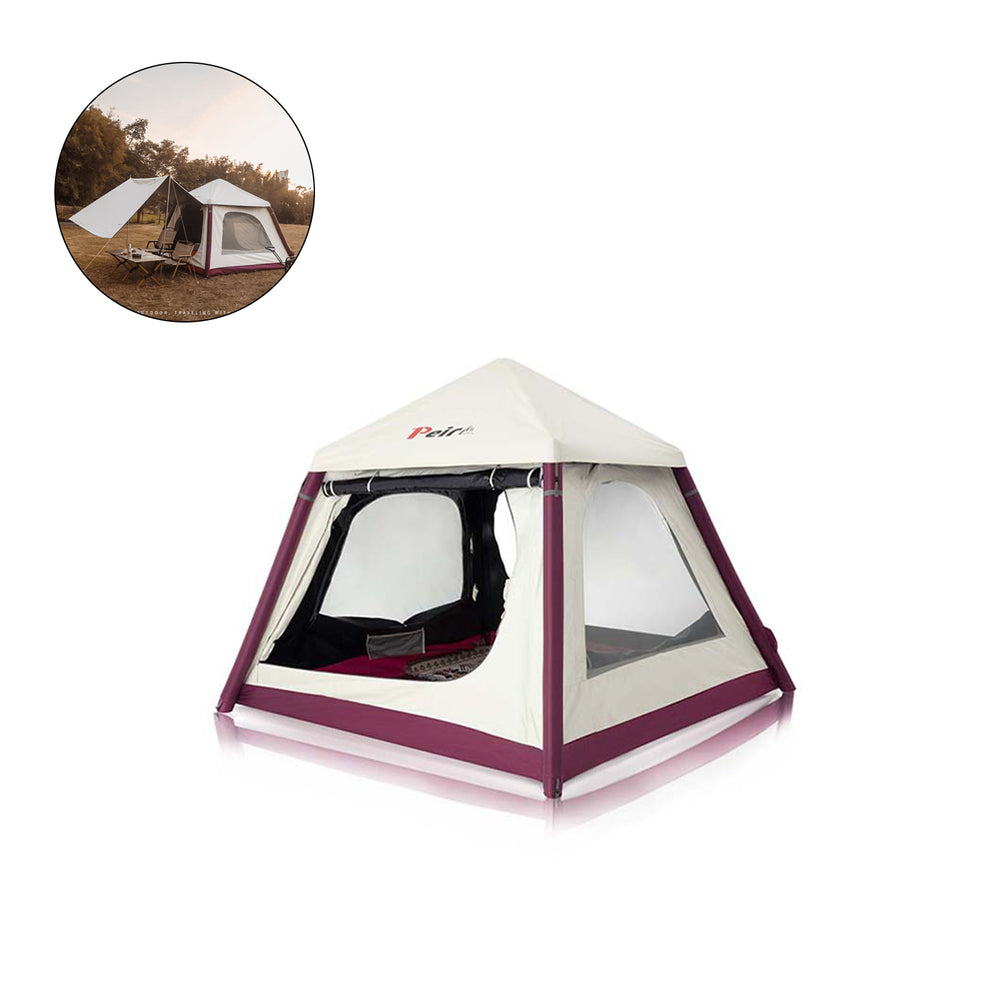
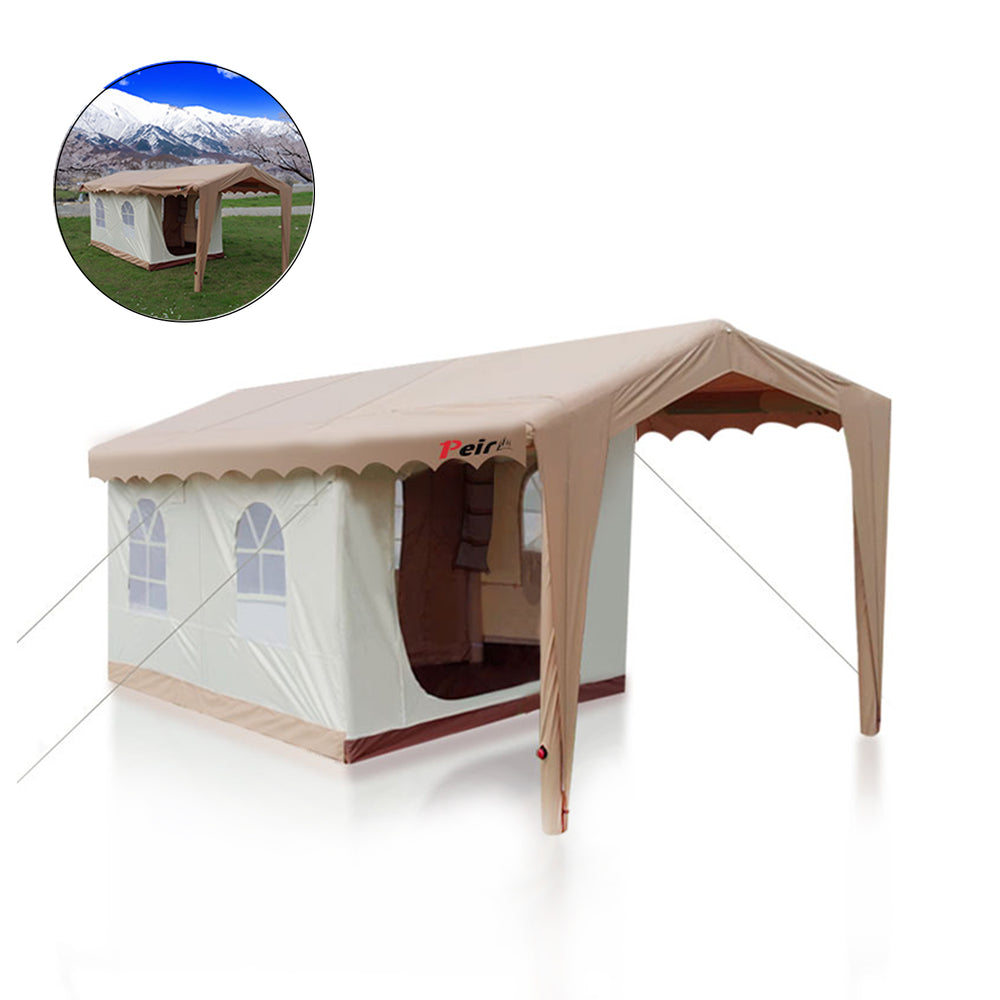

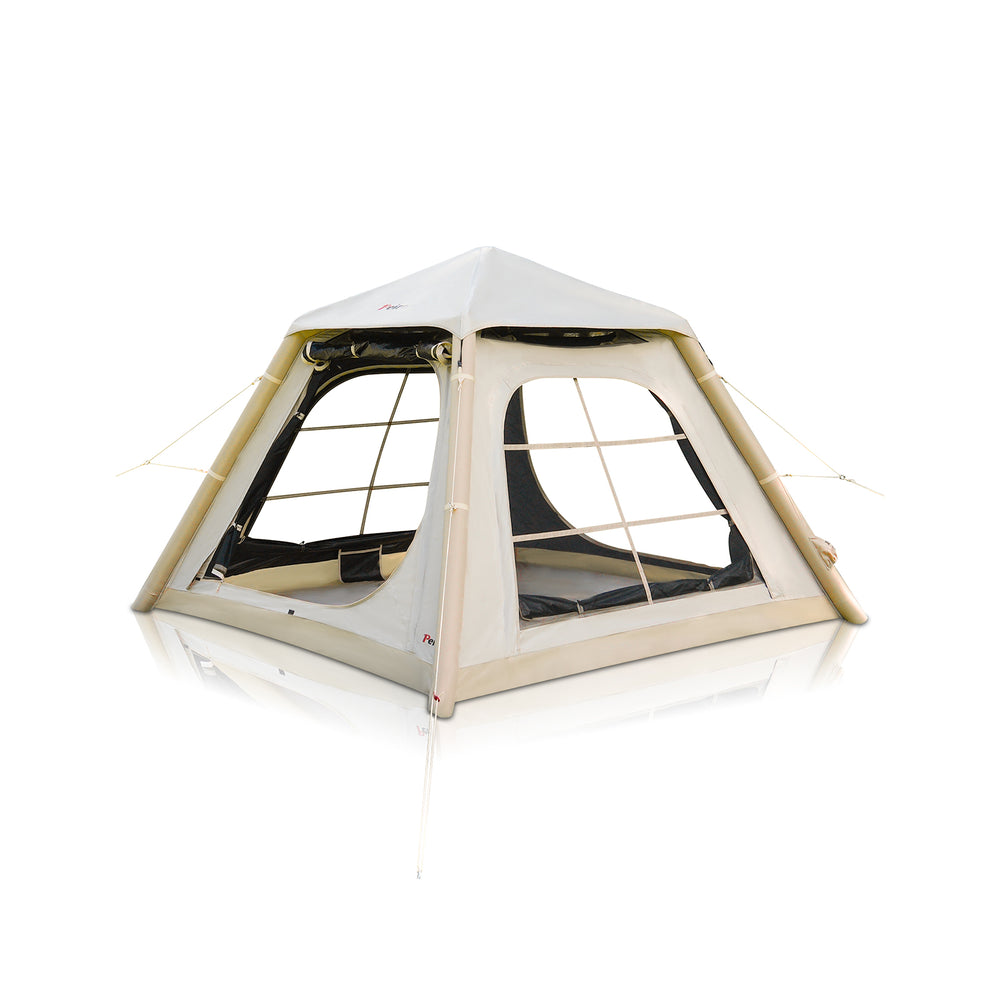
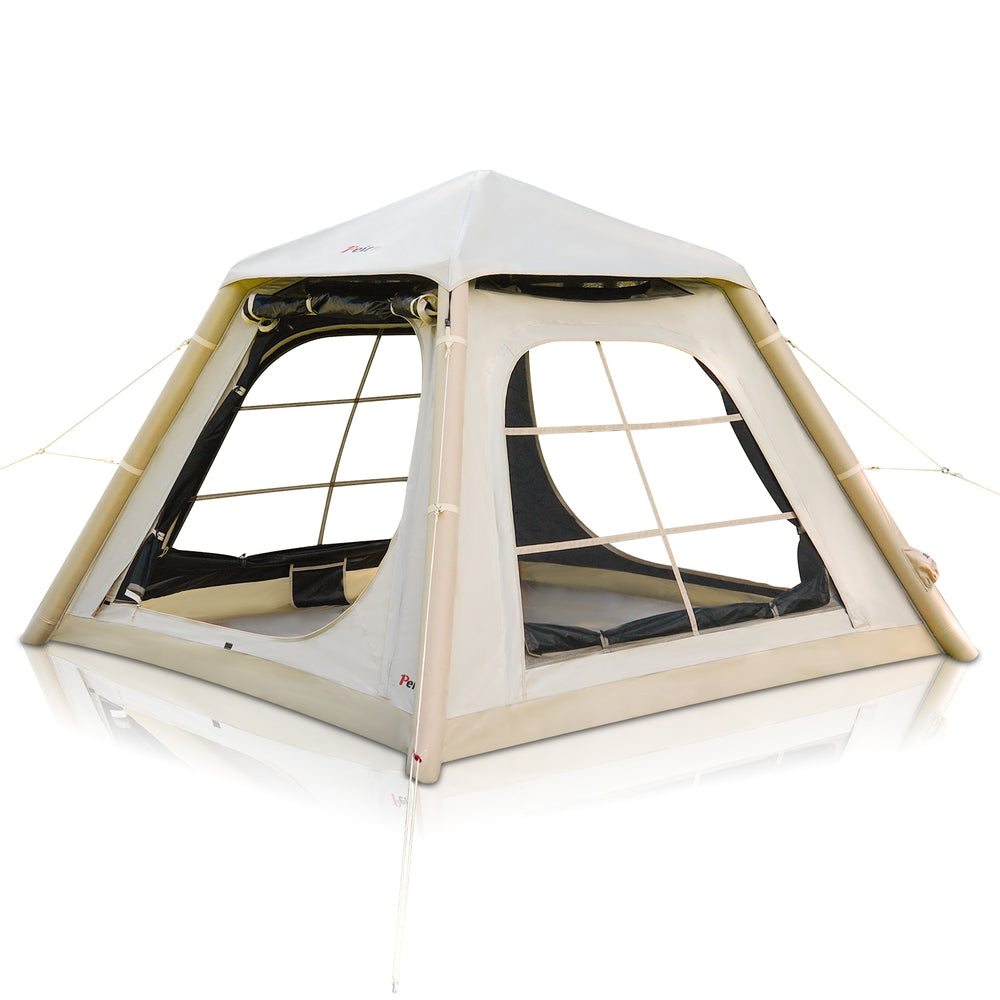
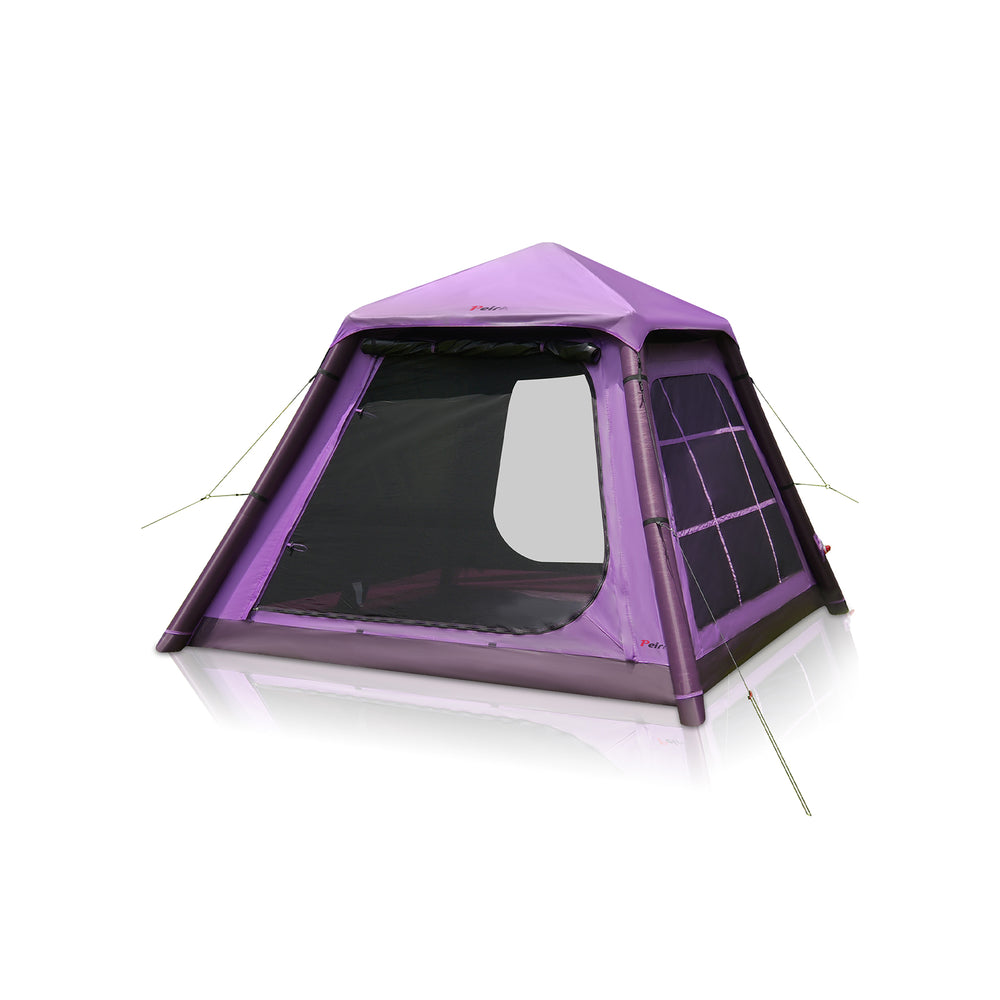

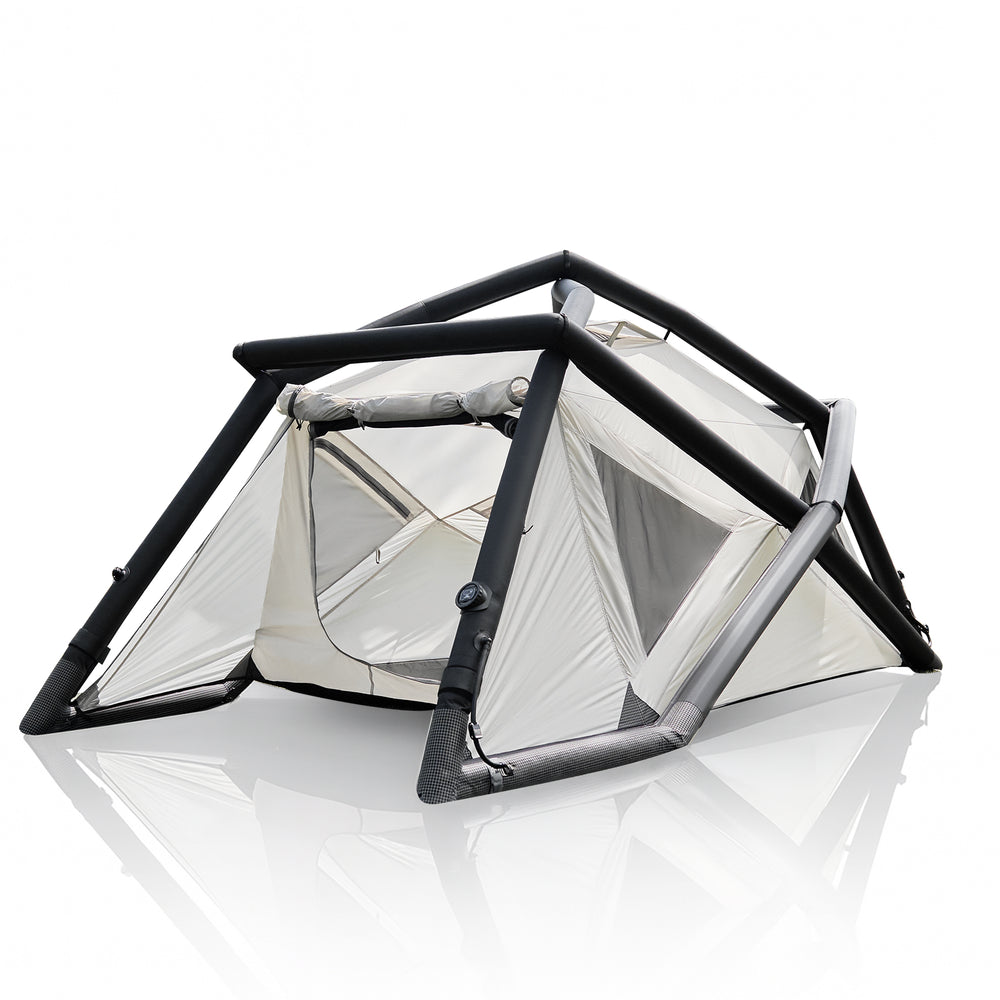
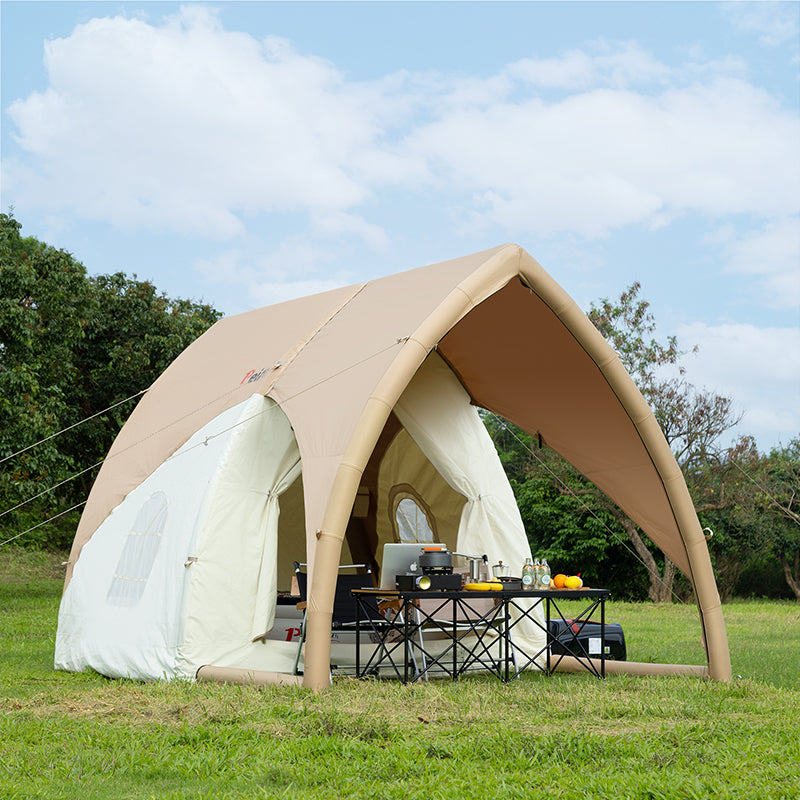 Peirhw Inflatable House Tent - Starry Night Love
Peirhw Inflatable House Tent - Starry Night Love
 Peirhw Glamping Tents - Friendship Castle
Peirhw Glamping Tents - Friendship Castle
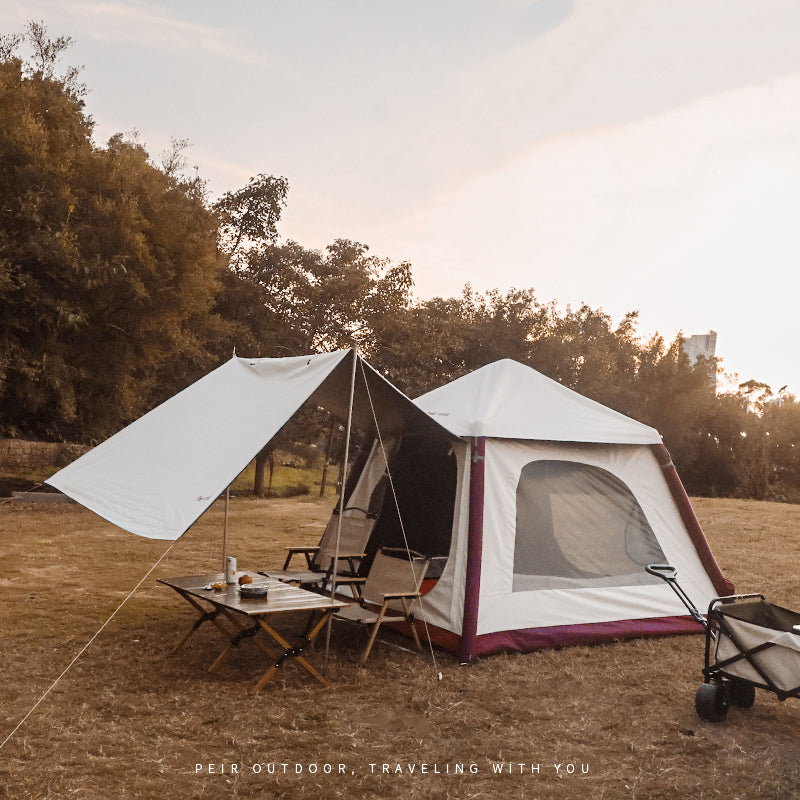 Peirhw Inflatable Canopy Tent - Adventurer
Peirhw Inflatable Canopy Tent - Adventurer
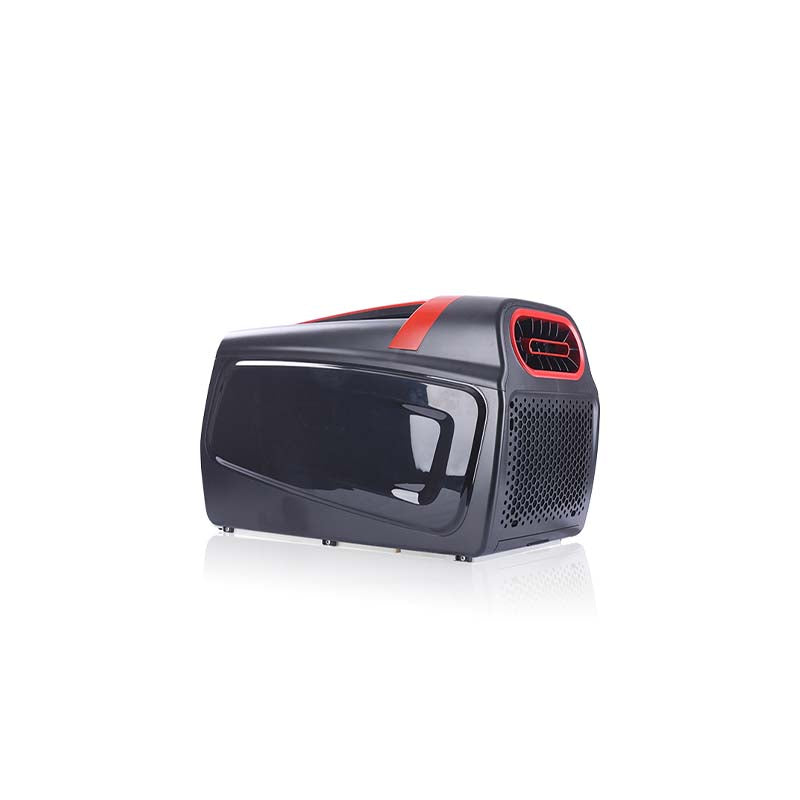

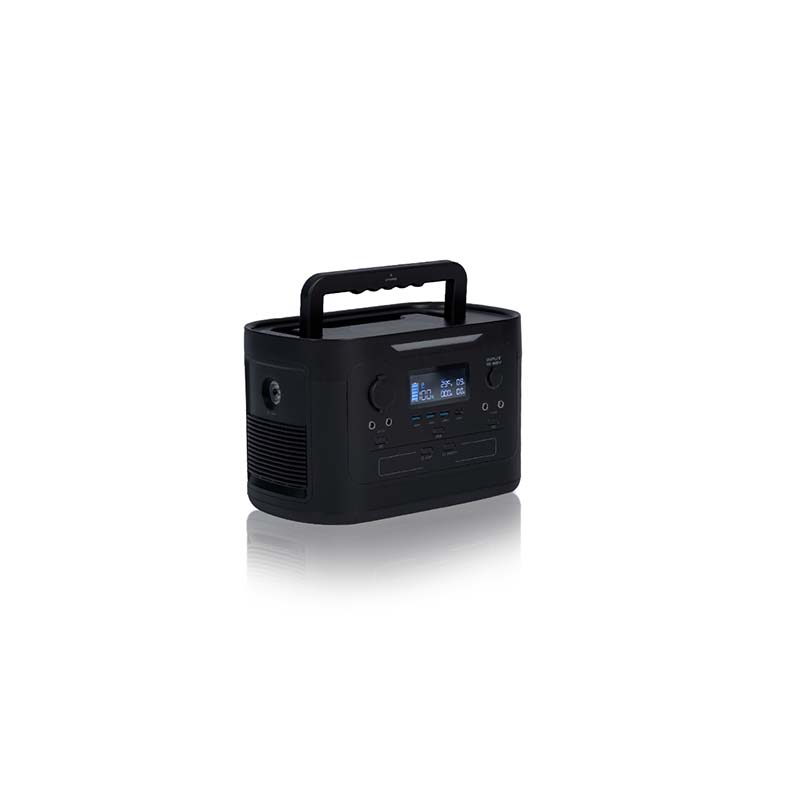
 Peirhw Portable Air Conditioner
Peirhw Portable Air Conditioner
 【Advance Sale】Peirhw Portable Power Station 2400W
【Advance Sale】Peirhw Portable Power Station 2400W
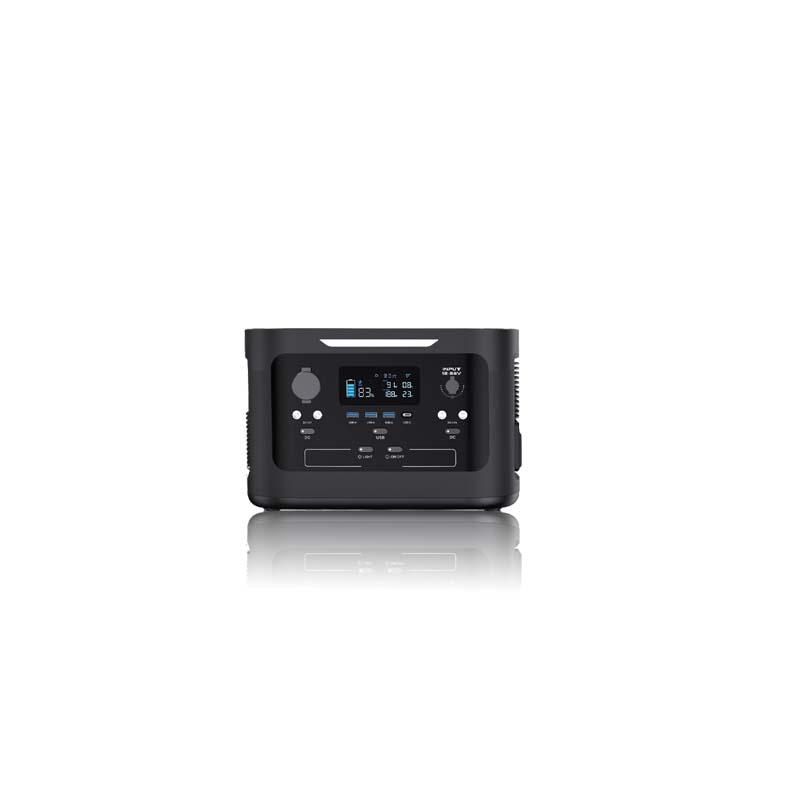 【Advance Sale】Peirhw Portable Power Station 600W
【Advance Sale】Peirhw Portable Power Station 600W



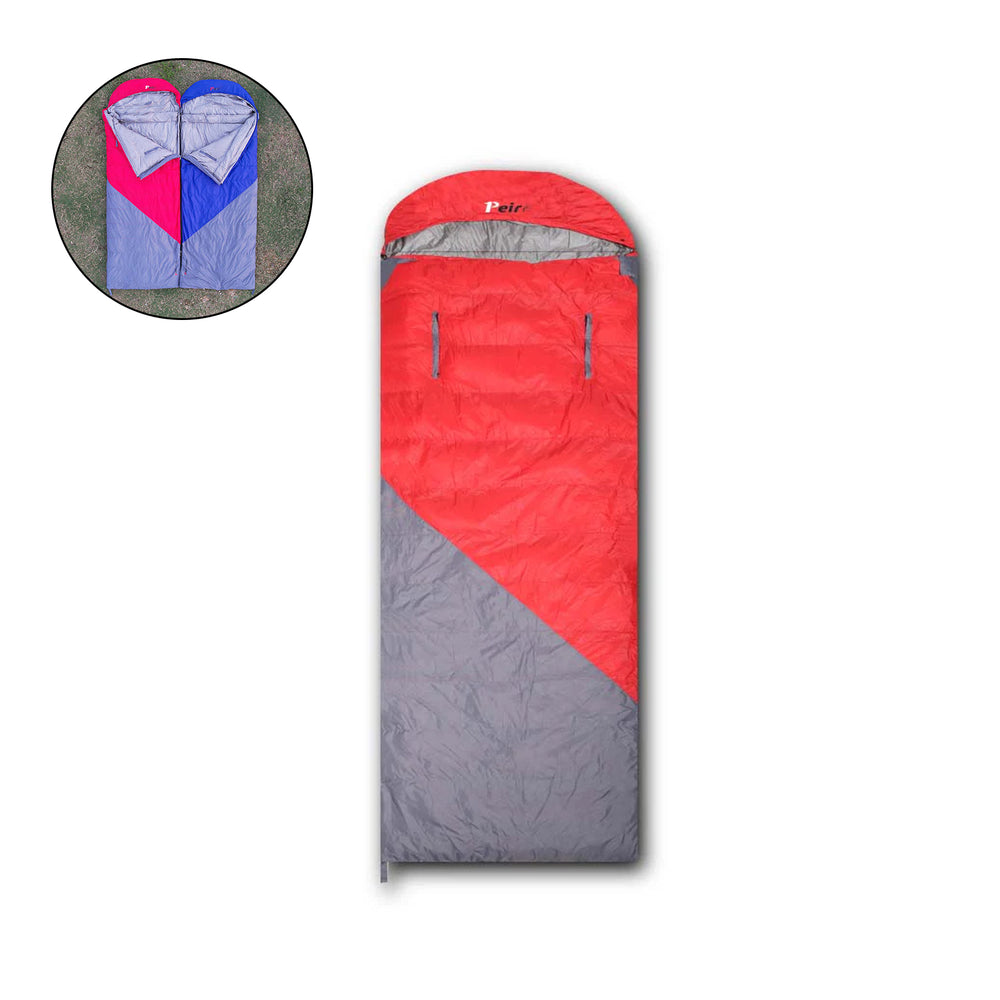
 Peirhw Self Inflating Sleeping Pad
Peirhw Self Inflating Sleeping Pad
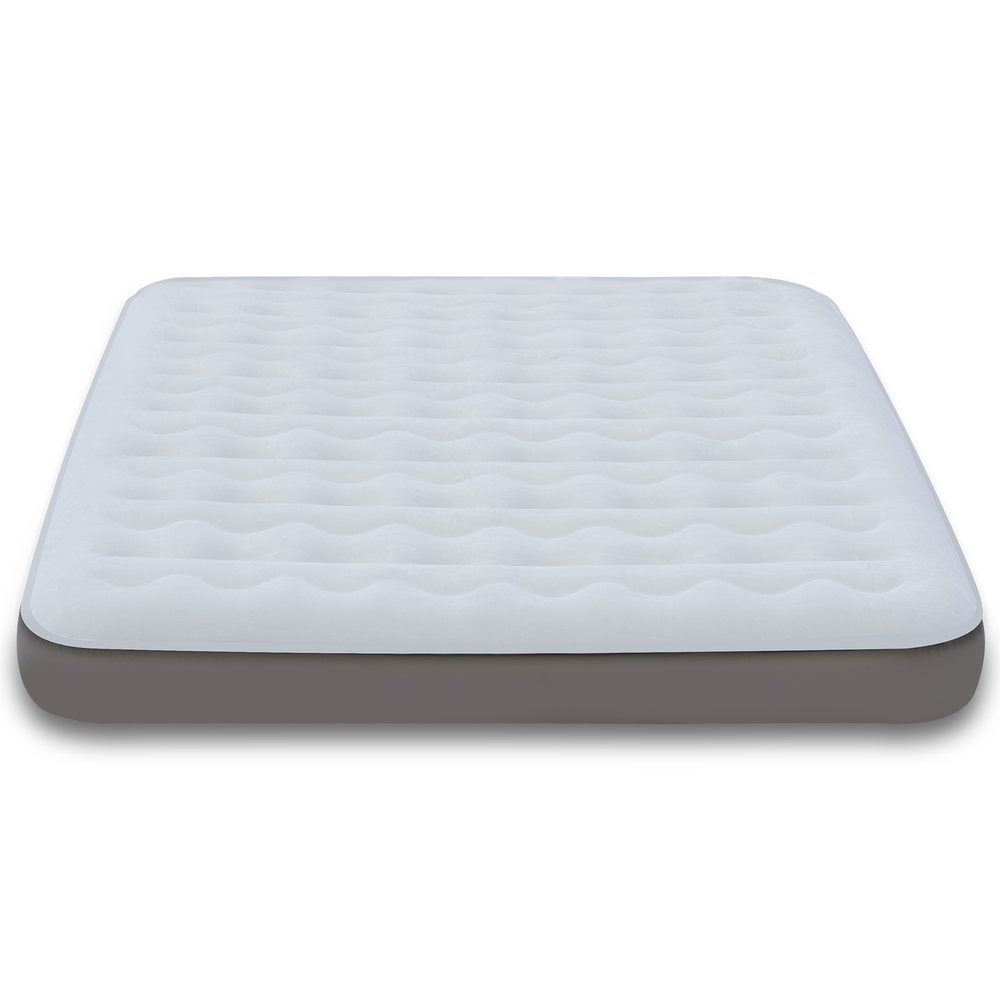 Peirhw Air Mattress (8" Queen Type)
Peirhw Air Mattress (8" Queen Type)
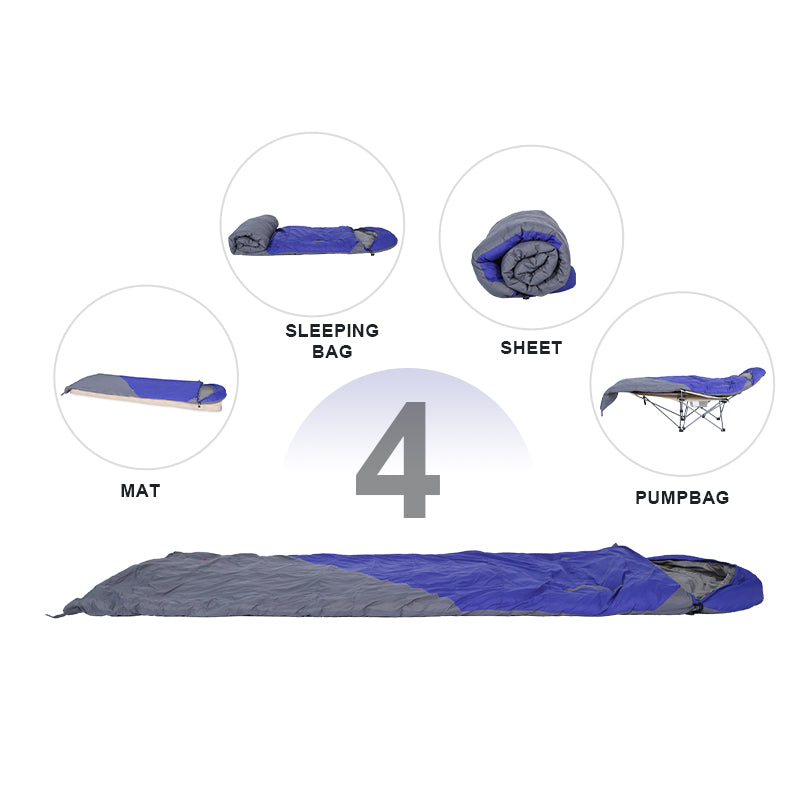 Peirhw Camping Sleeping Bag
Peirhw Camping Sleeping Bag


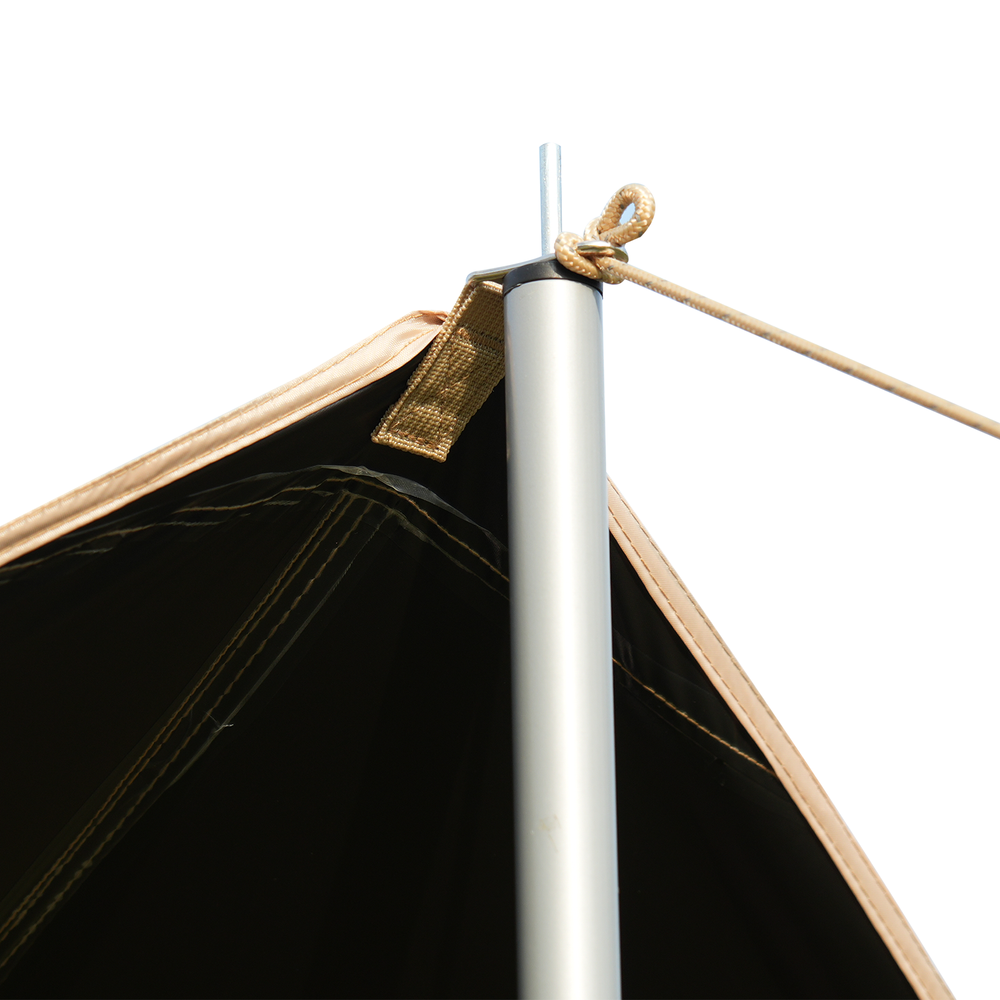 Peirhw Butterfly-shaped Canopy for Camping
Peirhw Butterfly-shaped Canopy for Camping
 Peirhw Camping Waterproof Canopy (Cannot be Purchased Separately)
Peirhw Camping Waterproof Canopy (Cannot be Purchased Separately)
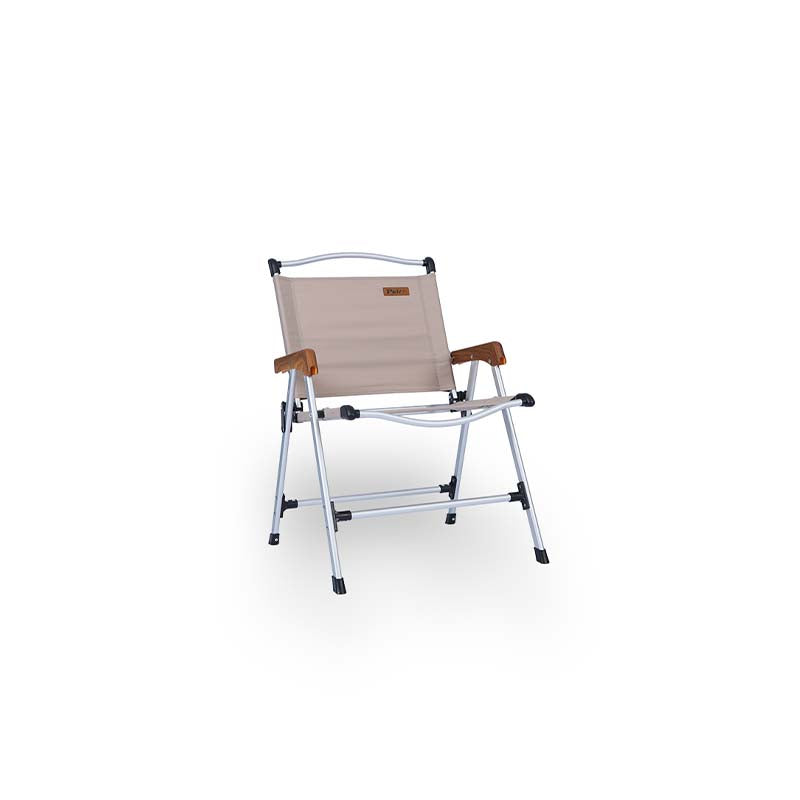
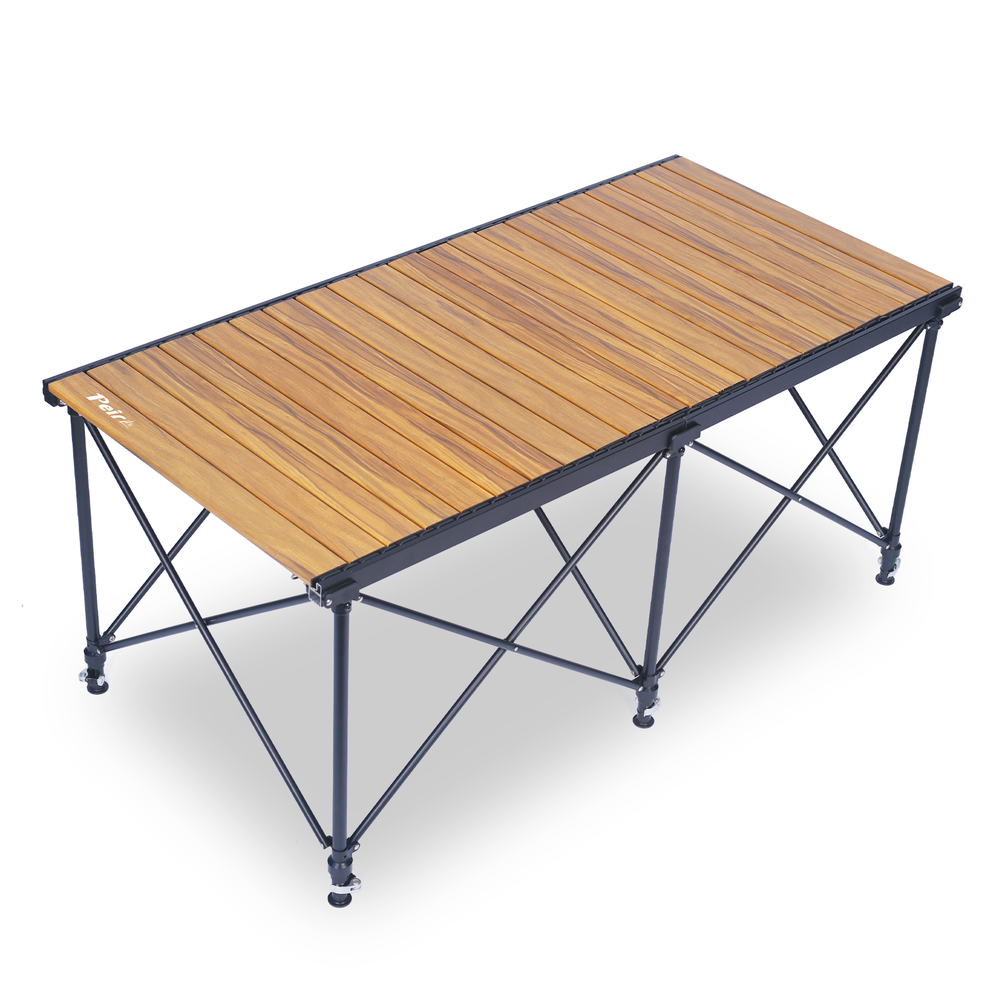
 Peirhw Outdoor Folding Chairs
Peirhw Outdoor Folding Chairs
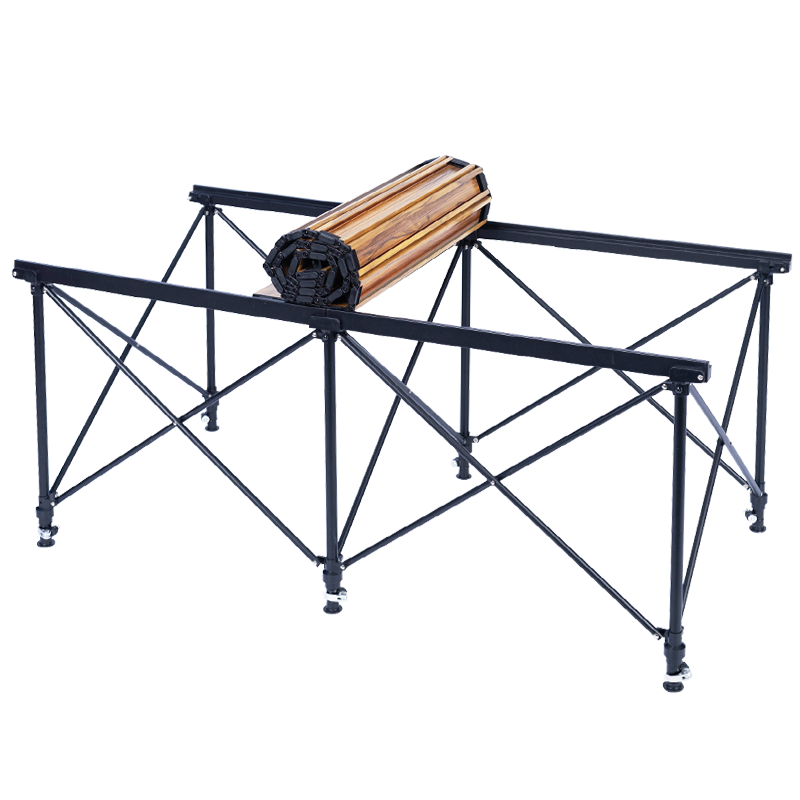 Peirhw Folding Camping Table
Peirhw Folding Camping Table








